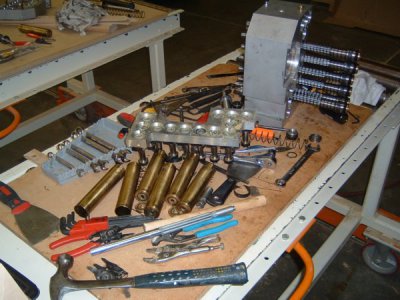- Joined
- Jun 22, 2016
- Messages
- 280
My first try at using my taper attachment. I managed to get it adjusted very accurately BUT there was a lot of slack in the connection between the taper bar and the cross slide. The result was the taper wouldn't start for the first 1 1/4" of travel (trying to make an MT4 arbor.) After much fooling around I got the taper made and now need to figure out how to eliminate the slack. I can see where it is, its just going to take a lot of fooling around to get it apart and make a new follower. Discouraging.
There is another issue I have to work out. The DRO doesn't show the actual movements. It came pre-installed but I'm guessing they made no effort at calibrating it. I'm going to use the dials as the references for calibration. They are pretty close to the caliper measurements I get. Will just do many iterations until my caliper readings match the DRO. I need to do the same on my mill DRO. I can see a lot of time to get it reasonably close. Is +- .001 unreasonable to expect?
There is another issue I have to work out. The DRO doesn't show the actual movements. It came pre-installed but I'm guessing they made no effort at calibrating it. I'm going to use the dials as the references for calibration. They are pretty close to the caliper measurements I get. Will just do many iterations until my caliper readings match the DRO. I need to do the same on my mill DRO. I can see a lot of time to get it reasonably close. Is +- .001 unreasonable to expect?


